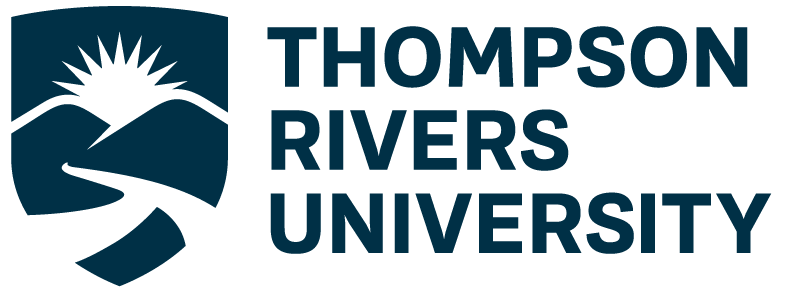Before exploring example applications for teaching and learning, consider reviewing the issues of using AI responsibility and AI’s potential for errors from the Evaluate module.
The following are general applications that can be customized for various contexts and disciplines. Several examples are provided but are not an exhaustive list.
1. Ideation and Brainstorming (select to reveal)
Generative AI can help students generate ideas for projects, essays, and assignments. By providing prompts and suggestions, AI can stimulate creativity and help students explore different perspectives and approaches.
- Literature and Creative Writing: In a creative writing course, students could use AI to generate unique story ideas or explore different narrative styles.
- Business and Economics: In business courses students could use AI to brainstorm innovative business strategies or analyze market trends.
- Engineering: In a mechanical engineering course, AI could suggest improvements to a design or generate ideas for new projects based on current technological trends.
- Medicine and Health Sciences: In a medical research course, students could use AI to explore new approaches to treating a disease.
2. Personalized Learning (select to reveal)
AI can tailor learning experiences to individual needs, preferences, and learning styles. Some platforms can adjust the difficulty of tasks based on your skill level, providing personalized feedback and recommendations.
- Computer Science: If you are struggling with a specific concept or function, the platform can provide additional practice and resources on that topic, gradually increasing the complexity as you improve.
- Language Learning: If a student has difficulty with verb conjugations, the platform can offer targeted exercises and feedback.
- Psychology: If a student is interested in clinical psychology, the platform can provide more case studies and research articles related to mental health disorders and treatments.
- Business : If a student is interested in entrepreneurship, the platform can offer scenarios related to startup management and innovation.
3. Coding and Programming Assistance (select to reveal)
Tools like copilot can help students with coding tasks by suggesting code snippets, debugging, and offering solutions to programming problems. This can accelerate learning and improve coding skills.
- Computer Science: If you are working on a project involving machine learning, the platform can suggest algorithms and help optimize code for better performance.
- Data Science: If you are analyzing a large dataset, the platform can suggest efficient ways to clean and preprocess the data, as well as provide code for creating insightful visualizations.
- Psychology: If you are conducting a study on cognitive behavior, the platform can help with coding tasks related to data collection, analysis, and visualization, provided the source data is not confidential.
- Environmental Science: If you are working on a project to model the impact of pollution on a local ecosystem, the platform can suggest code for data analysis and simulation.
4. Formative Assessment | Tutoring (select to reveal)
AI can automate the creation of self-quizzes and act like a tutor to provide feedback on a specific subject area, checking or growing your foundational knowledge.
- Use to ask questions related to a midterm.
- Ask for clarification on key concepts.
- Support self-quizzing for formative feedback.
- Enhance readings by providing fuller context or extra detail.
5. Research and Data Analysis (select to reveal)
Generative AI can assist students in analyzing large datasets, identifying trends, and generating insights that can inform research projects..
- Medicine and Health Sciences: Use AI to analyze electronic health records to identify patterns in patient outcomes, which can inform clinical practices and improve patient care.
- Biology: In a genetics course, use AI to analyze DNA sequences to identify mutations associated with specific diseases, aiding in the development of targeted therapies.
- Business and Management: Use AI to analyze sales data from various regions to identify factors driving consumer preferences, which can inform marketing strategies and business decisions.
- Business and Management: Use AI to analyze sales data from various regions to identify factors driving consumer preferences, which can inform marketing strategies and business decisions.
6. Editing and Proofreading (select to reveal)
AI-powered tools can help students with editing and proofreading their written work. These tools can suggest improvements in grammar, style, and coherence, ensuring that students produce high-quality written content.
- Social Sciences: In disciplines like psychology and sociology, students write research papers and essays. AI tools can help improve the clarity and coherence of their arguments, ensuring that their writing is well-organized and free of grammatical errors.
- Art and Design: Art and design students may need to write project proposals and artist statements. AI tools can help ensure that their writing is clear and persuasive, suggesting ways to improve the presentation of their ideas and ensuring that their writing is free of errors.
- Environmental Science: Environmental science students often write research papers and project reports. AI tools can help ensure that their writing is clear and well-structured, suggesting improvements in the presentation of data and ensuring that their terminology is used correctly.
- Engineering: Engineering students may need to write technical reports and project documentation. AI tools can help ensure that their writing is precise and free of jargon, making complex technical information more accessible and understandable.
7. Image Generation and Analysis (select to reveal)
Gen AI can assist students as they explore image input and output features, including analyzing images or creating images based on text descriptions.
- Art and Design AI: In a graphic design course, students can use AI to generate visual concepts for a project, exploring different styles and compositions.
- Biology: Students can use AI to analyze cell images to detect abnormalities, aiding in research on diseases and treatments.
- Environmental Science: In an environmental science course, students can use AI to track deforestation or monitor the health of coral reefs over time.
- Archaeology: Students can use AI to identify and classify artifacts, helping to uncover historical insights and patterns.
